When it's time to buy a new entry door, chances are you probably know what kind of door design you want and the paint color and material. You've probably decided on hardware finishes, too. But there’s one element of entry doors that’s likely to have you stumped, because the differences aren’t immediately apparent:
Do you go for a mortise or tubular lockset?
This leads to even more questions, like: is a mortise lockset really worth the higher price tag? When is a tubular lockset the better option?
Discover the answers to these questions—and more—below.
Entry Set Components: What Comes Standard In Entry Hardware
Before we get into mortise and tubular locksets, let’s go over the basic components of entry sets altogether.
- Deadbolt: a locking bolt that can only be engaged via a key or keypad. From the inside they’re controlled via a deadbolt knob. Deadbolts are required for entry doors to reduce the chances of forced entry. Deadbolts typically extend further into the door jamb than latch bolts do.
- Escutcheon: the plate affixed to the front of the door that houses the handle and deadbolt key cylinder.
- Strike plate: This plate is affixed to the door jamb (frame) that receives door locks. It bolsters security and guides the lock into the correct place.
- Latch: the second, smaller bolt engaged by turning the door handle.
- Lock cylinder: The part of the door hardware that does the locking and contains the keyhole.
- Handle: can be a lever, a knob, or a handle with a thumb press used to engage the door latch.
What’s a mortise lock?
Mortise locks are commonly found on older homes. A pocket is cut into the edge of the door so that a single mortise box housing both the deadbolt and the handle latch is inserted into the door itself. Mortise locks require a mortise cut into the door, which usually requires expert installation by a locksmith. For this reason, mortise locks are more expensive overall.
Mortise locks are also more secure, because they are not as easy to pick, and come with anti-saw inserts. This means it’s hard for intruders to gain forced entry or pick the lock itself. Mortise locks can also feature a button on the side of the door that controls the thumb press on the handle. You can set this button so that the door automatically locks when closed—a useful feature if you’re absent-minded. Equally, you can push the button to disarm this feature, which is nice if you’re making several car trips and don’t want to unlock the door every time, but don’t want to leave it ajar.
What’s a tubular lockset?
Tubular locks, also called cylinder locks, are easy to assemble and install for the layperson but not as secure. Tubular locks have two different cylinder-shaped pieces: one for the deadbolt and another for the handle latch. These fit into bored holes rather than a rectangular mortise pocket.
One advantage of a tubular lockset is that the sizing for them is standardized. So if you already have a tubular lock, it’s straightforward to replace it with a new tubular set. If you find that the holes in your door are an unusual size, then look for a sectional model instead of a model where the latch plate surrounds both the deadbolt and the handle latch.
General Door Security Tips
Regardless of the lock style you choose, there are a few other ways to keep your door more secure. You can check out our blog about more comprehensive information, covering everything from strategic landscaping to window film. But for the door and entryway itself, here are our top security recommendations:
- Whenever possible, make your entry door an inswing door. An outswing door has its hinges on the outside, making it more vulnerable.
- Always protect double doors with an astragal--a stripe of wood that covers the lock when the doors are closed.
- Always choose a solid door, not hollow core. Hollow core doors can easily be kicked in. But a solid wood door is heavier and more substantial. All our entry doors are built from solid wood. One customer described them like a “door to a Mosler safe.”
- Install motion sensor lighting. Burglars don’t like well-lit places. But keeping a light on all night is annoying and increases energy costs. Fortunately, just having motion sensor lights by your doorway can be enough to scare away intruders.
- Make sure you have visible security cameras: Video doorbells and security cameras are useful deterrents. For best results, place cameras where they can be seen but not easily tampered with, out of reach.
If you’re in the market for a mortise lockset or a cylinder lockset, check out our selection of entry door handles from Emtek and Ashley Norton. They're available in a range of sophisticated designs and finishes, with smart lock upgrades available on select models. Best of all, both Emtek and Ashley Norton are built in the USA.


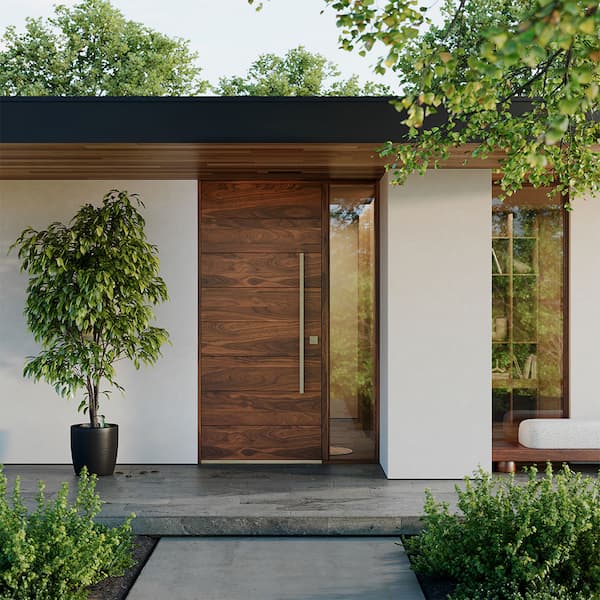

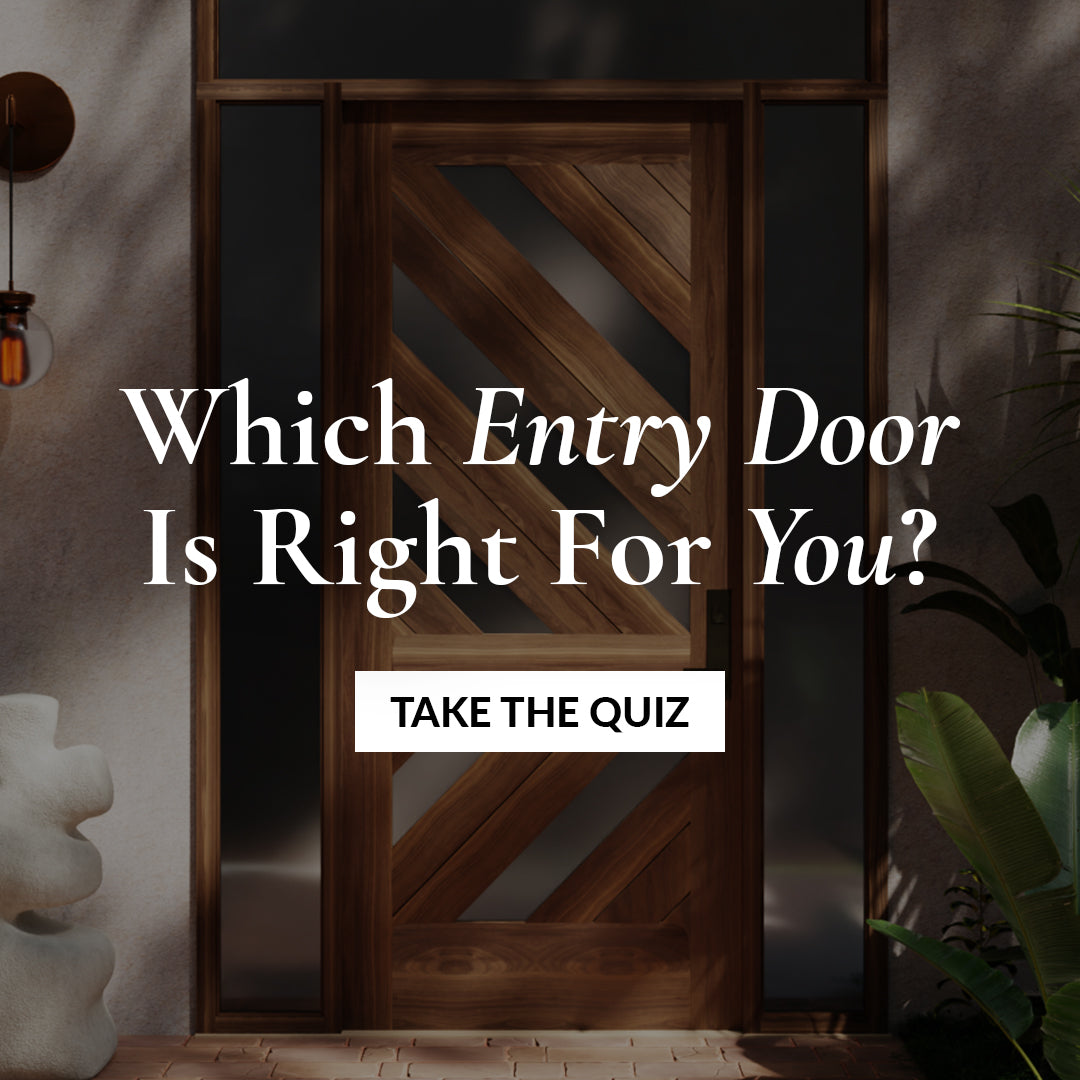
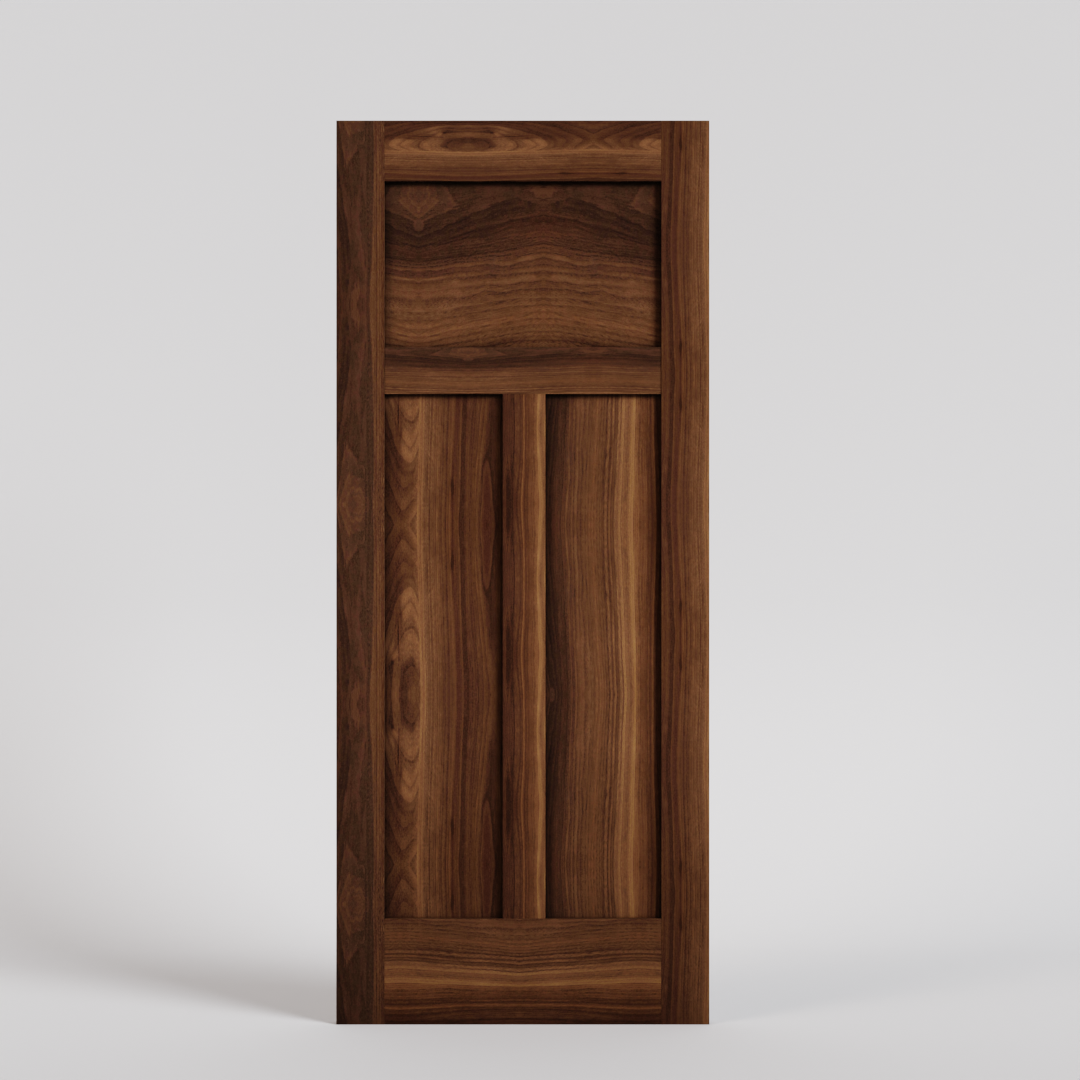
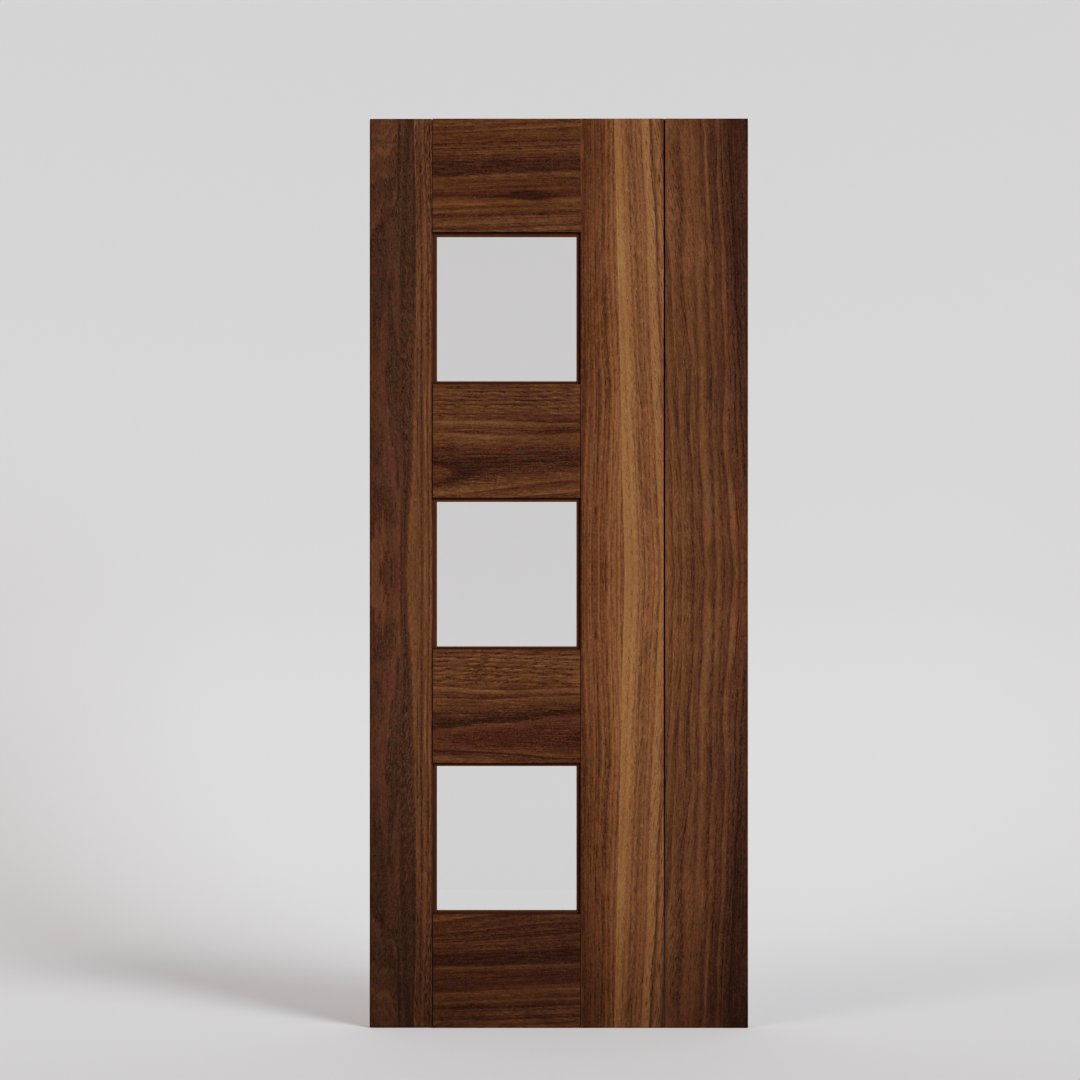
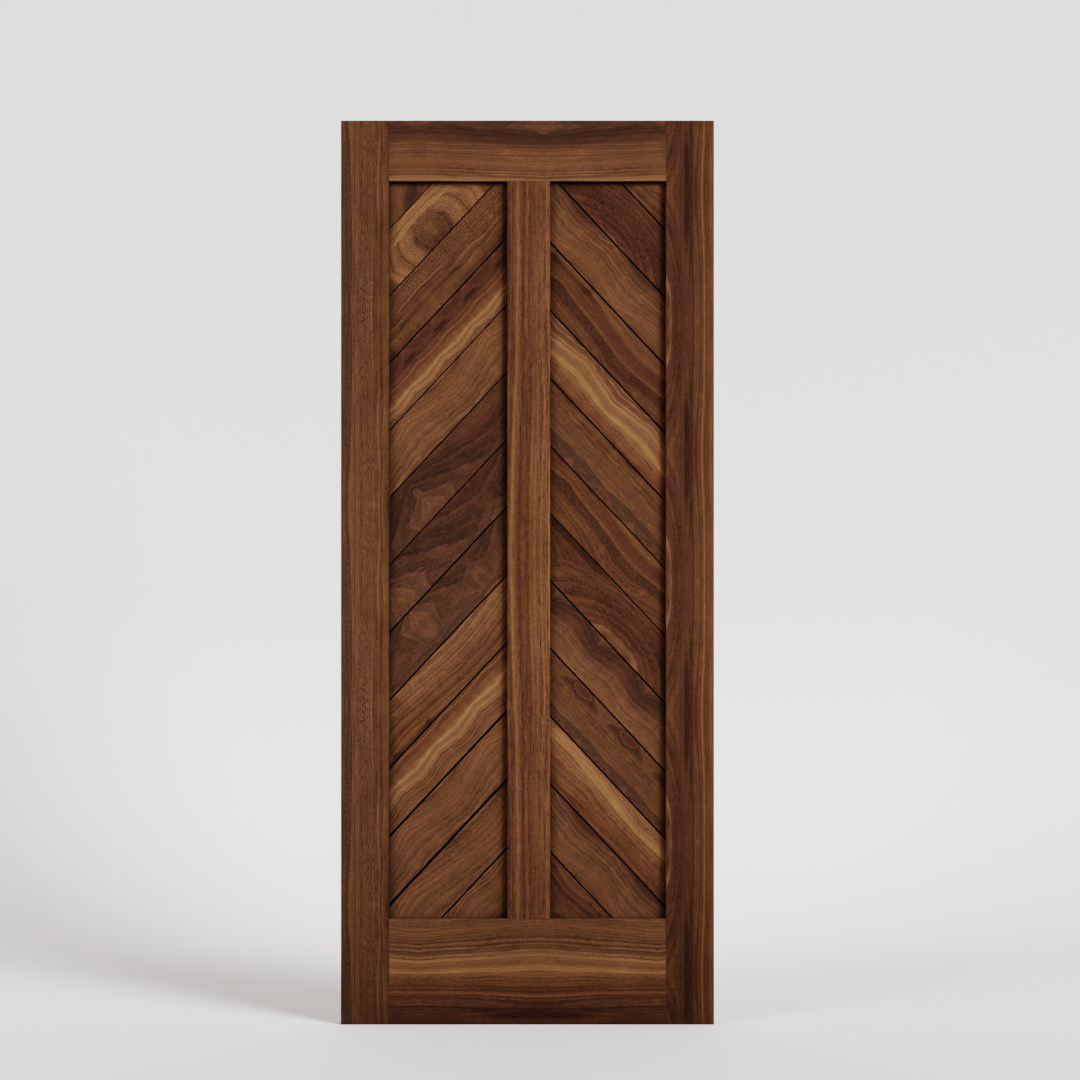
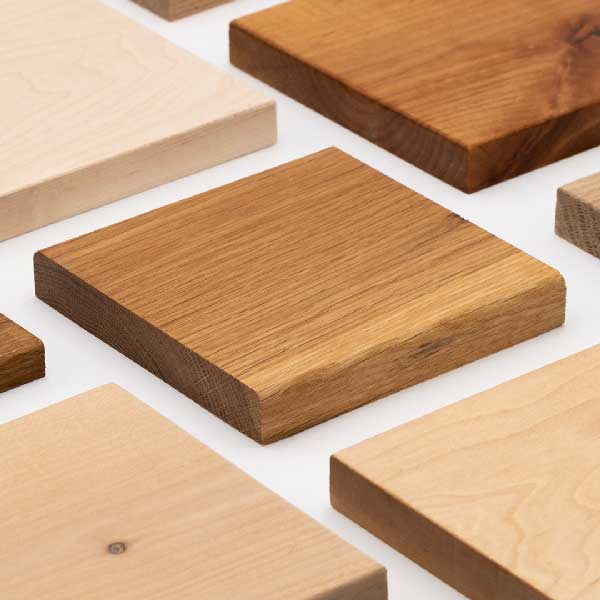
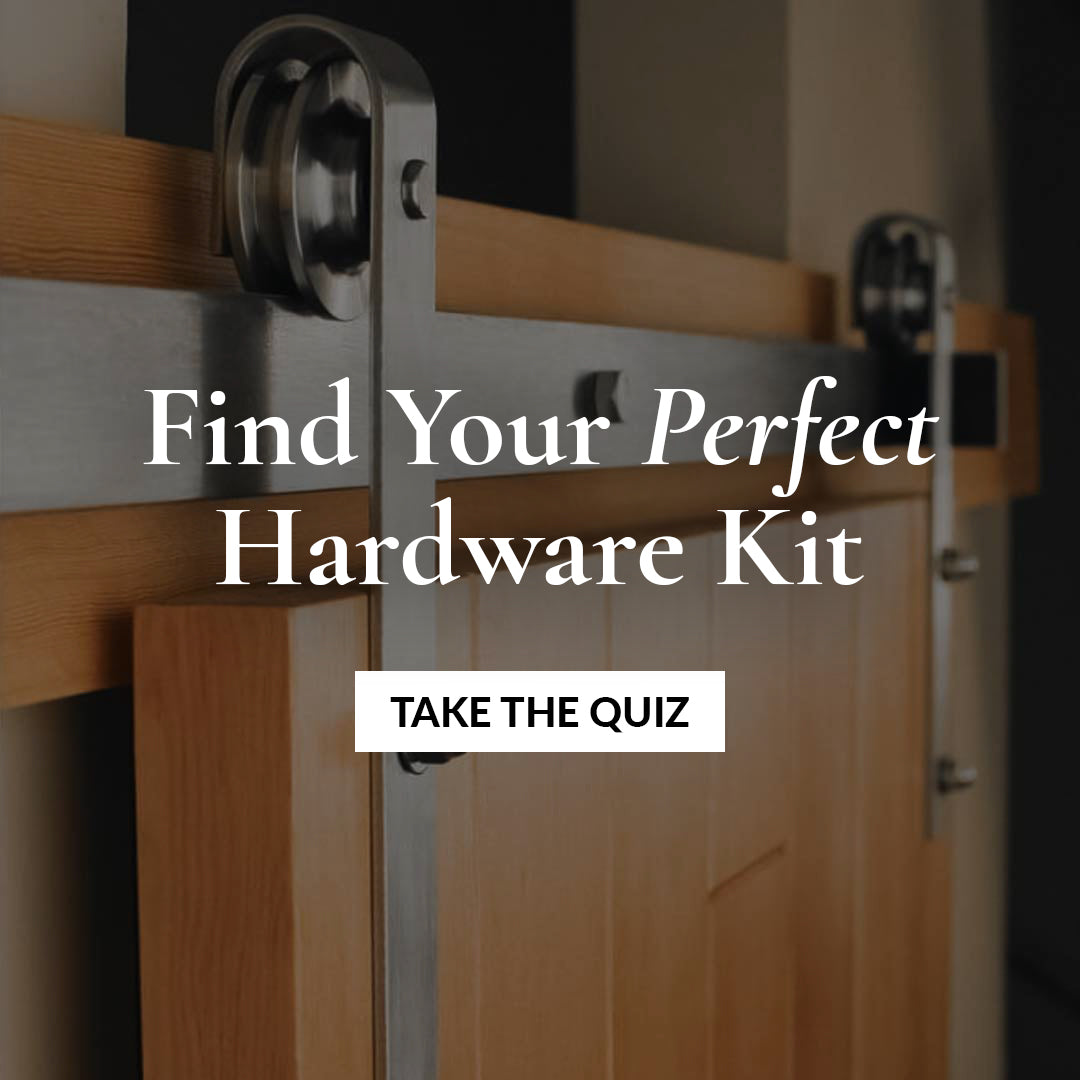
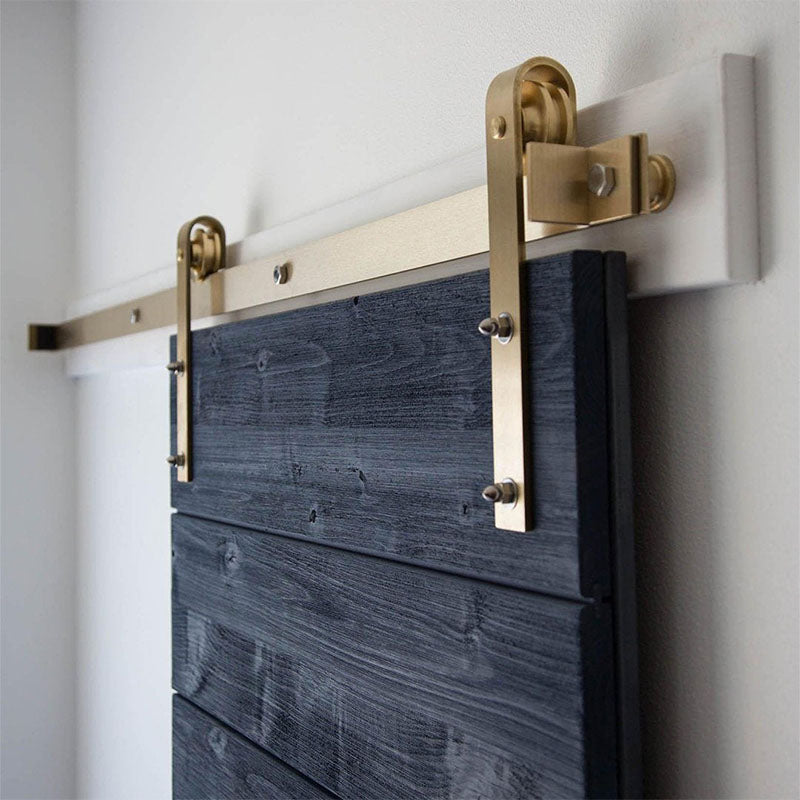
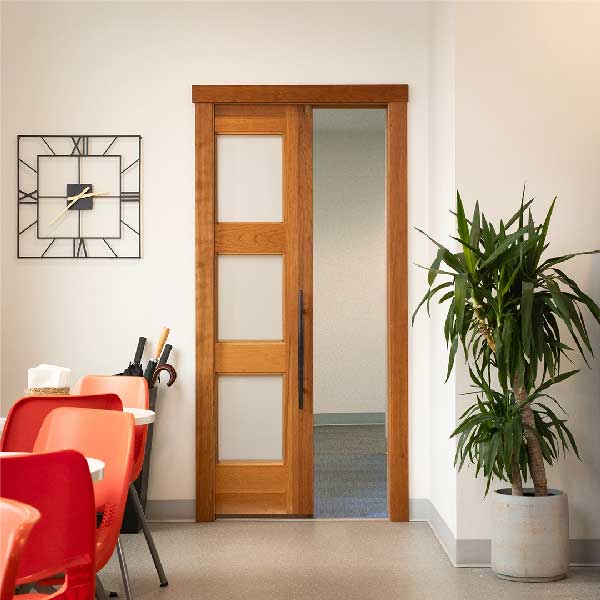

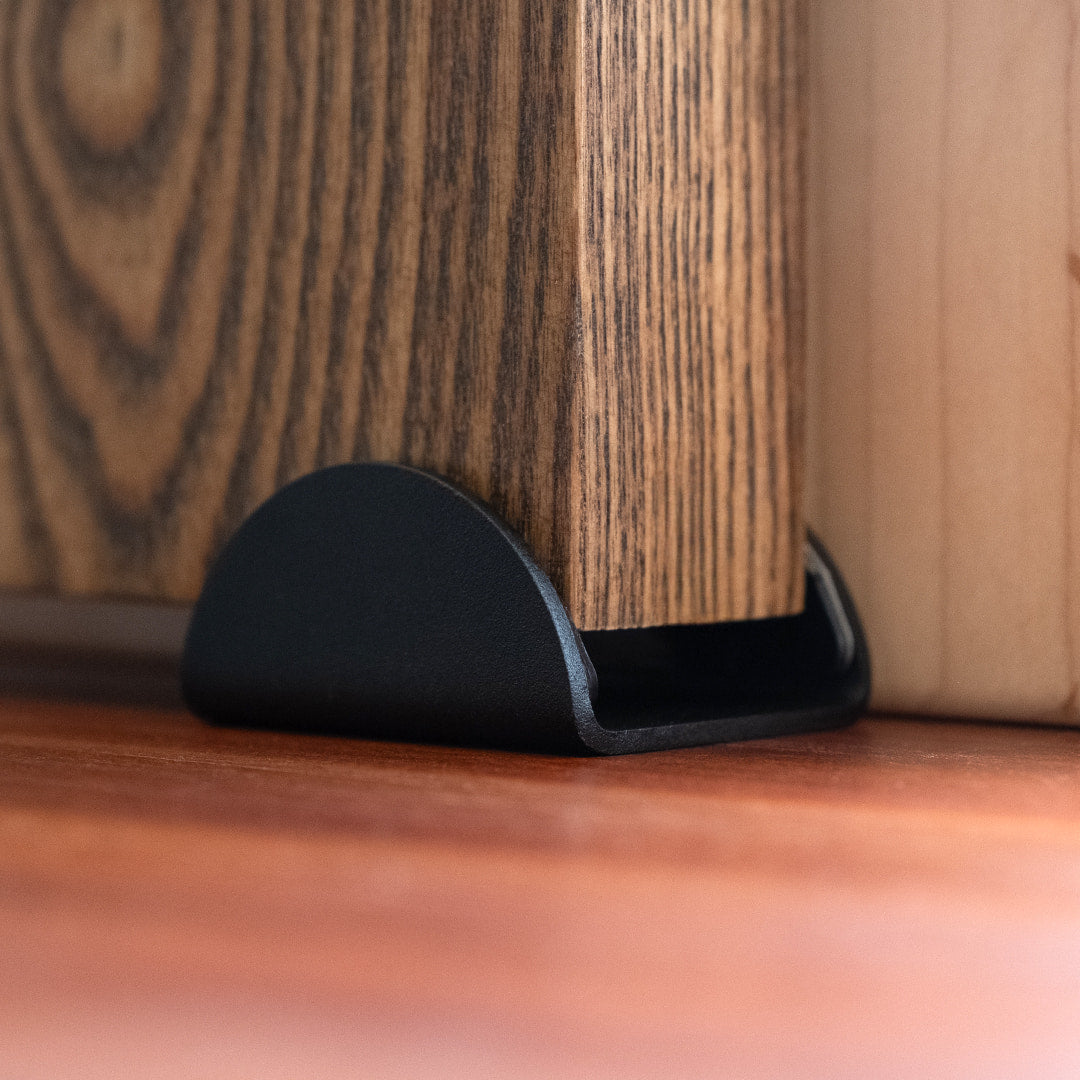
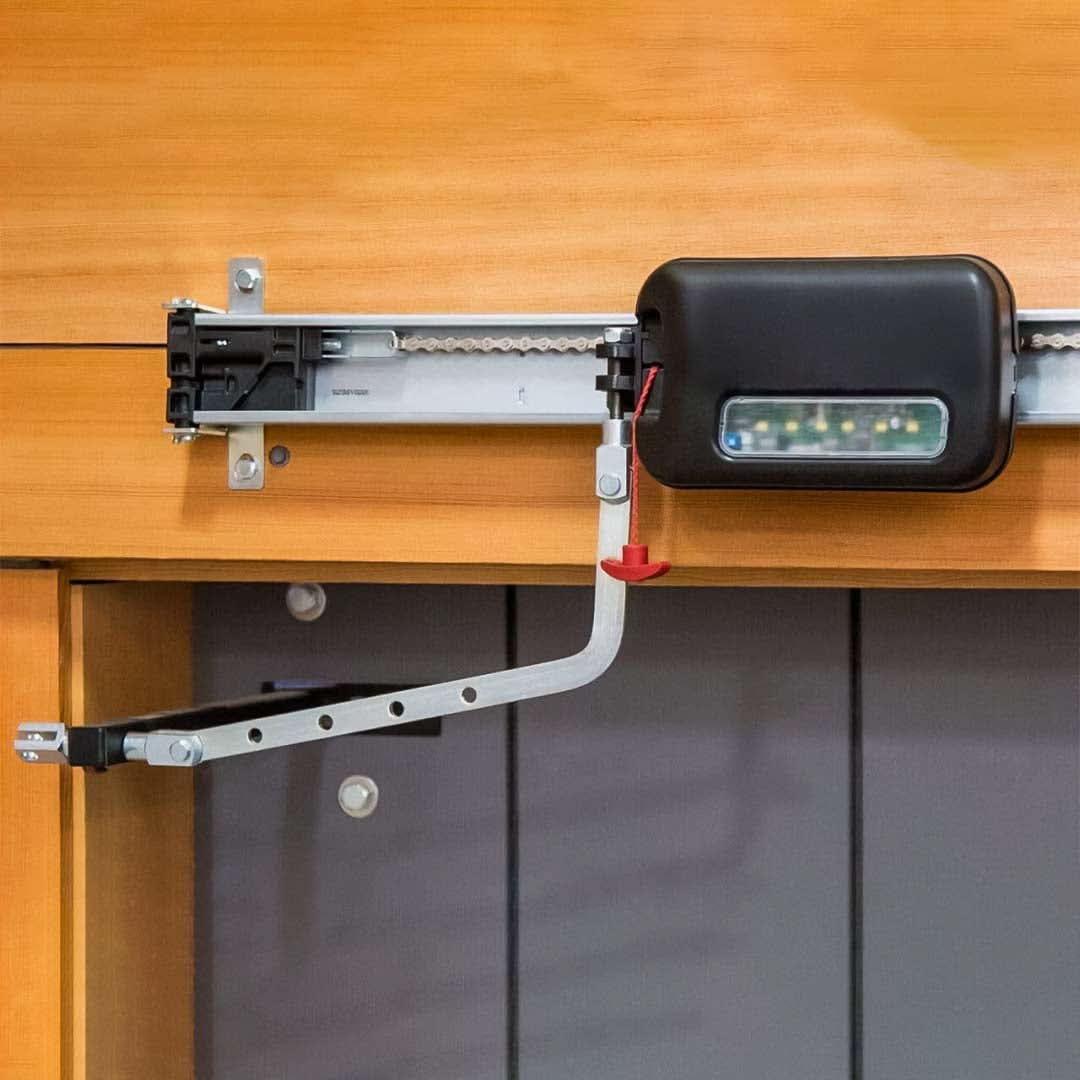






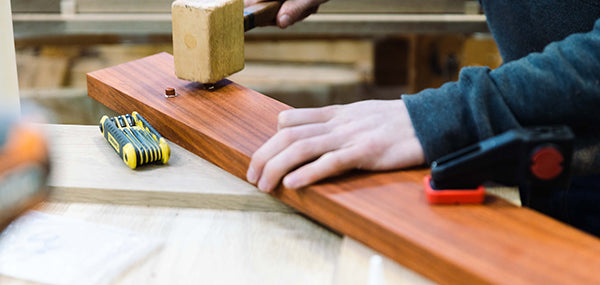

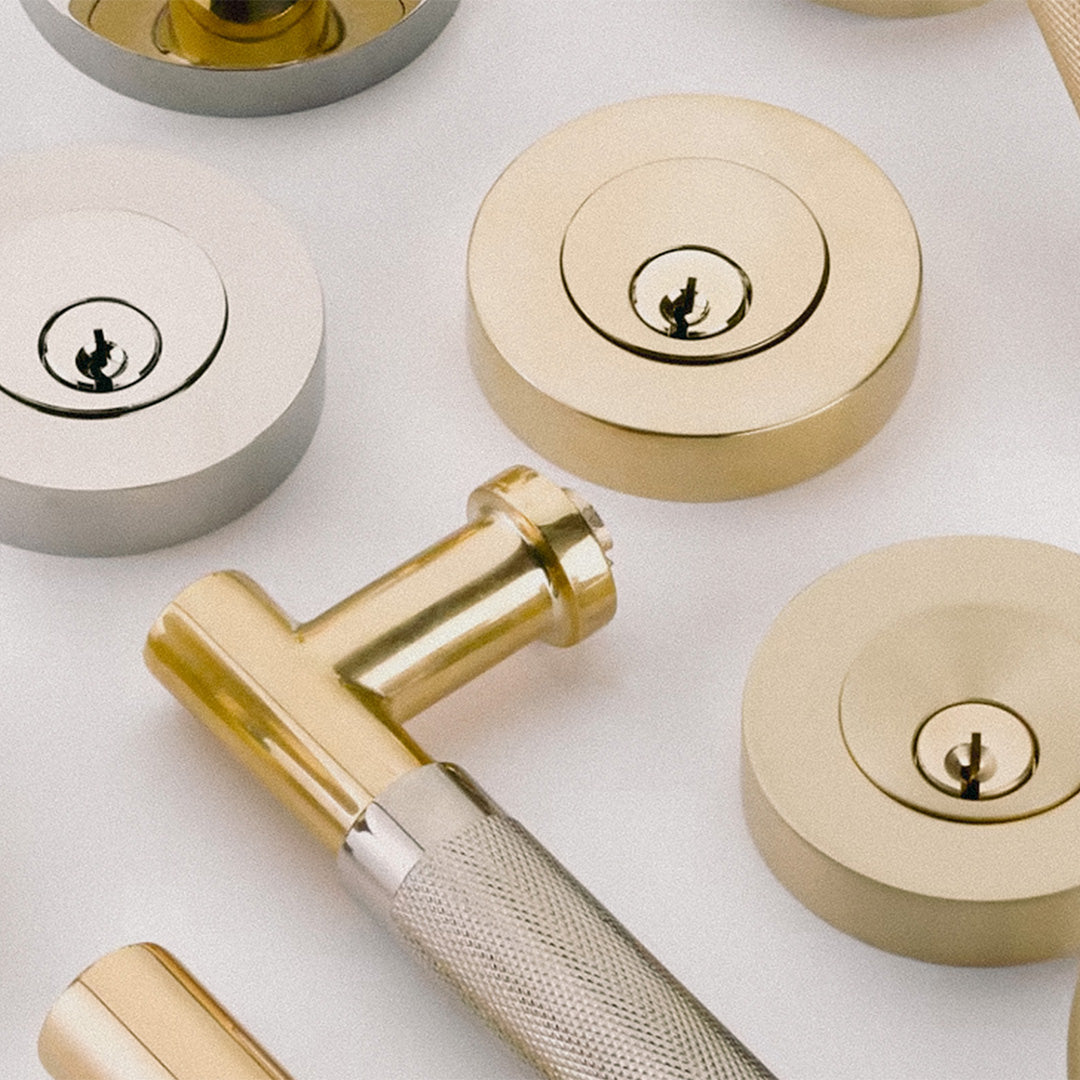


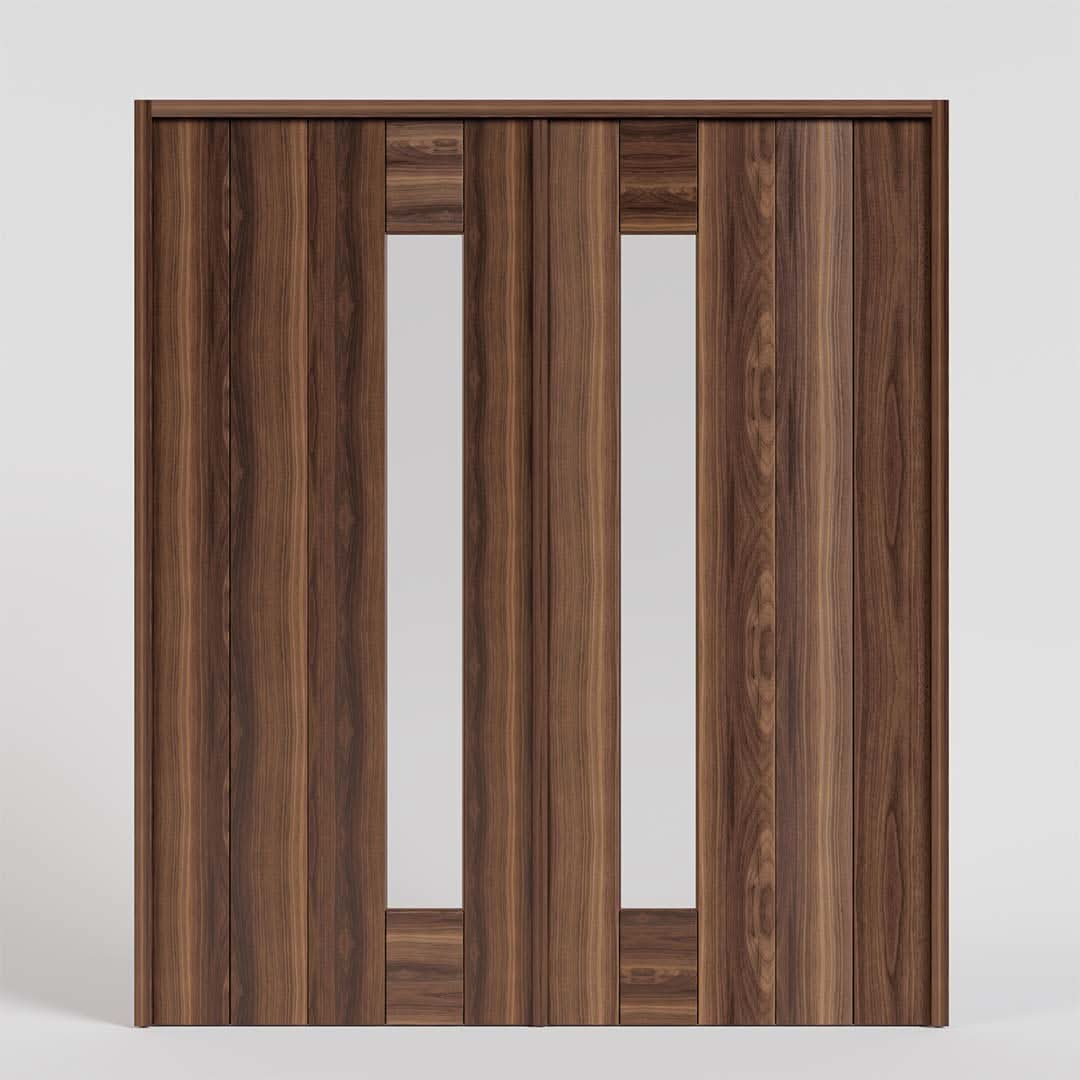
Leave a comment (all fields required)